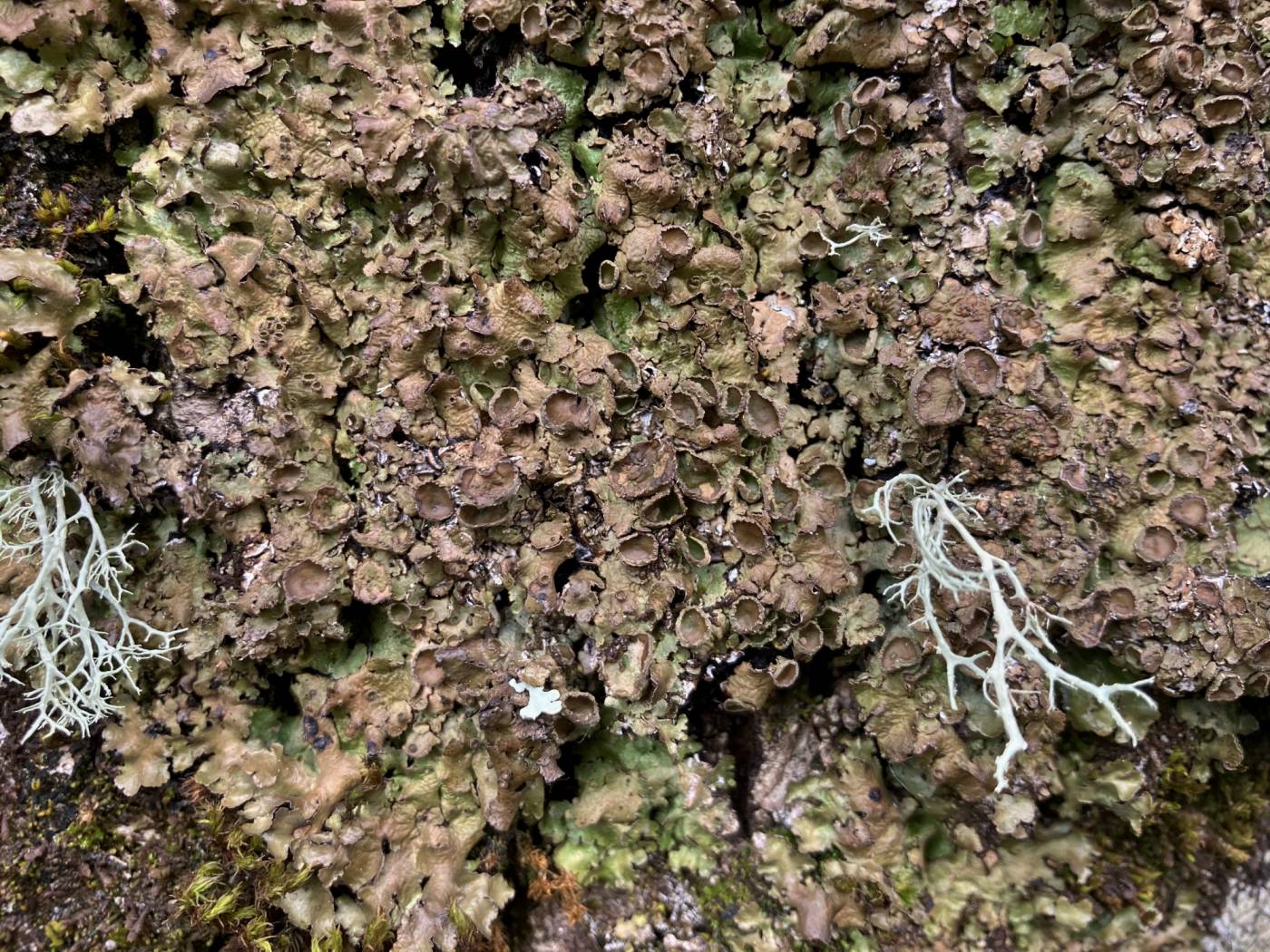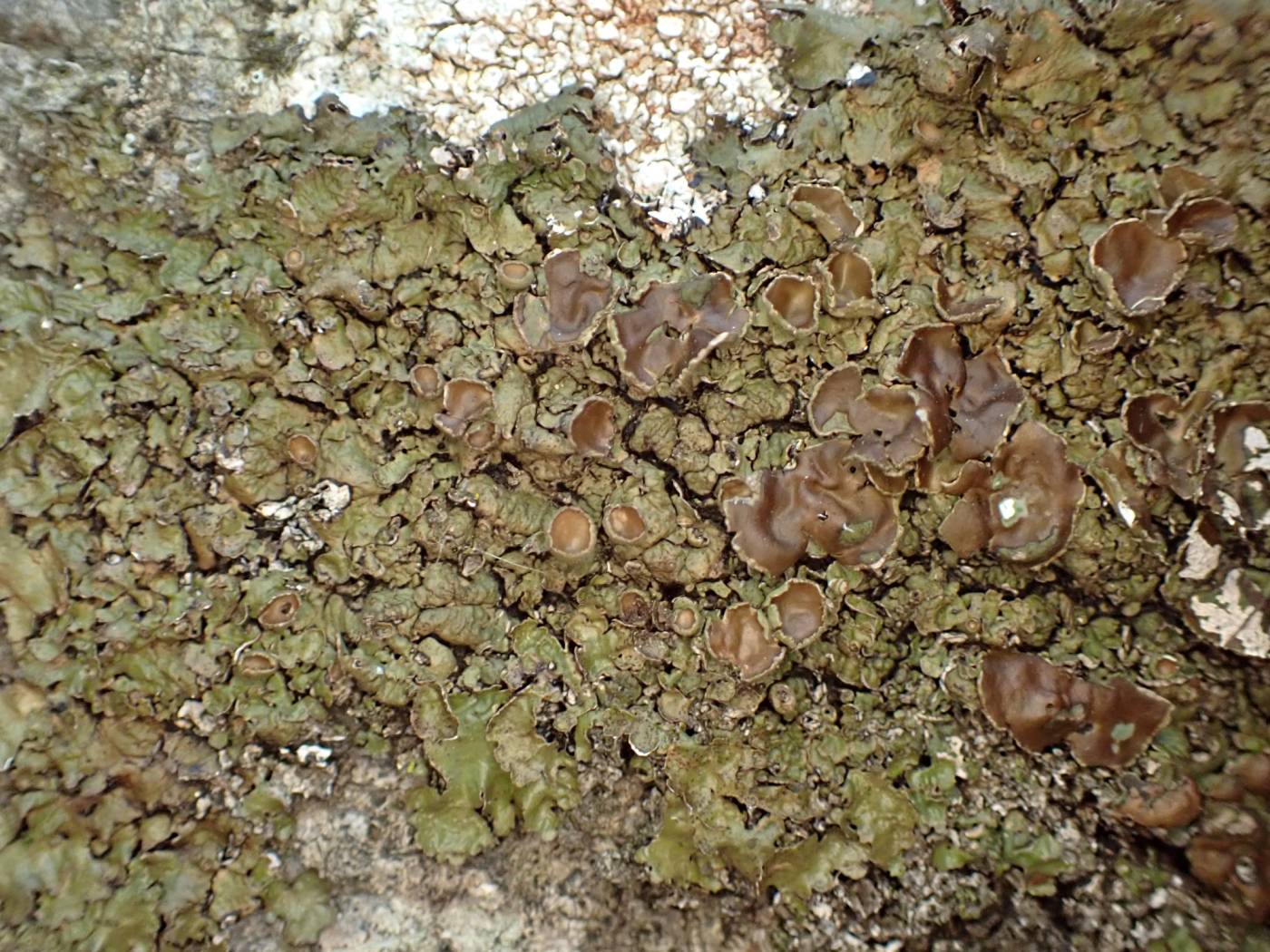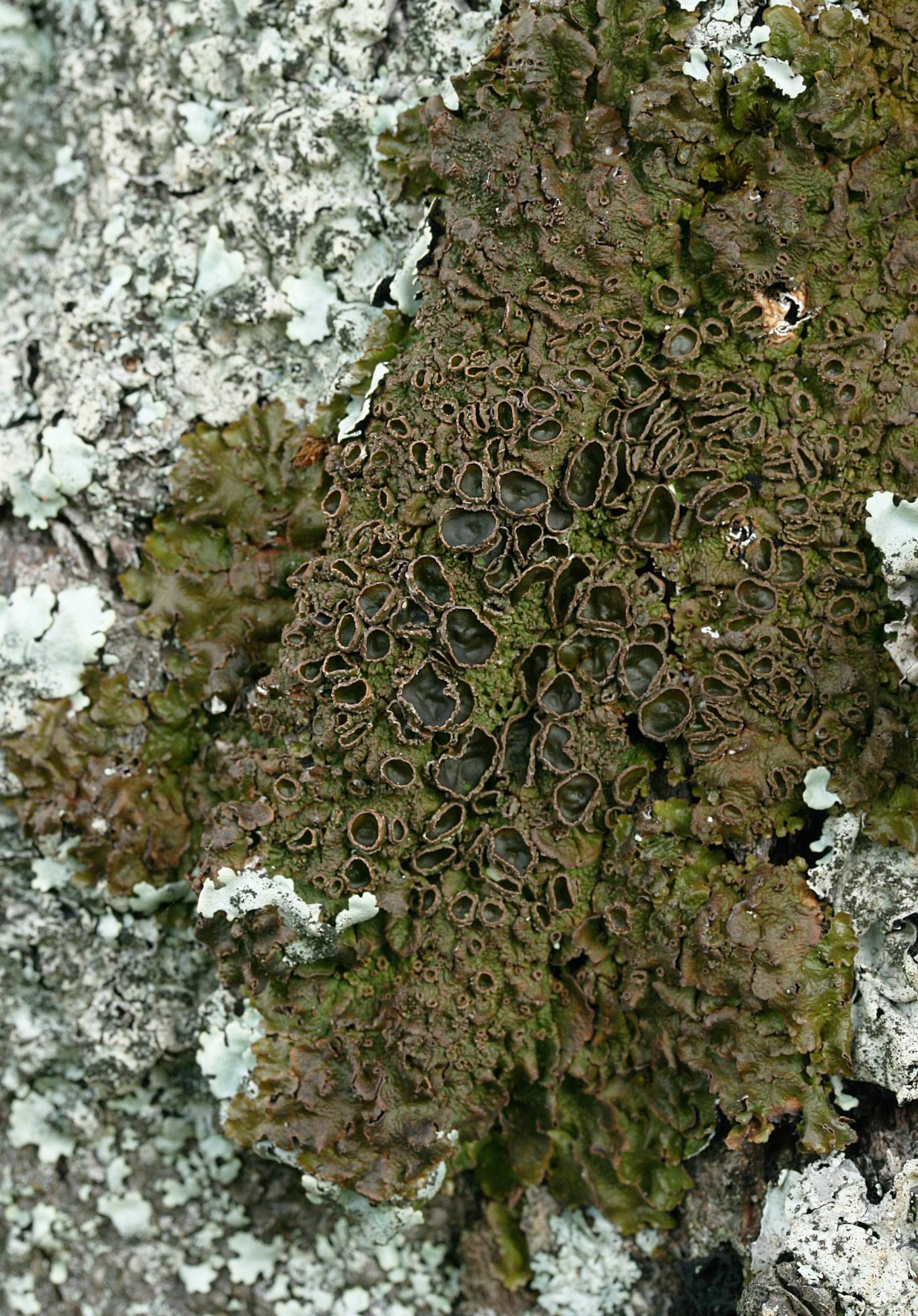The only Czech Melanelixia species, that occurs fertile and does not form soredia nor isidia. The species name “glabra” is a bit confusing, since young lobes and apothecia margins are covered by tiny light hairs visible under a magnifying glass.
The lichen is relatively rare in the Czech Republic, because it’s a rather thermophilic Melanelixia species expanding to the region from south Europe mostly through the Carpathians. Therefore, it may be found sparsely in southern Moravia but it is nearly absent in Bohemia. Melanelixia glabra grows mainly on deciduous trees (oak, ash, maple), both on solitary ones and in open well-preserved forests at any elevation. Similar ecology has for example Pleurosticta acetabulum.
Theoretically, the presence of a cryptic M. epilosa, known from western Asia, the Caucasus and Spain, cannot be excluded in the area of the Czech Republic (Leavitt et al. 2016).
Literature: Leavitt S. D., Esslinger T. L., Divakar P. K., Crespo A. & Lumbsch H. T. (2016): Hidden diversity before our eyes: Delimiting and describing cryptic lichen-forming fungal species in camouflage lichens (Parmeliaceae, Ascomycota). – Fungal Biology 120: 1374–1391.
taxonomic classification:Ascomycota → Lecanoromycetes → Lecanorales → Parmeliaceae → Melanelixia
most frequented synonyms:Melanelia glabraRed List (Liška & Palice 2010):CR – critically endangered
Red List (Malíček 2023):C2 – strongly endangered
Occurrence in the Czech Republic
All records: 32, confirmed 32. One click on a selected square displays particular record(s), including their source(s).



